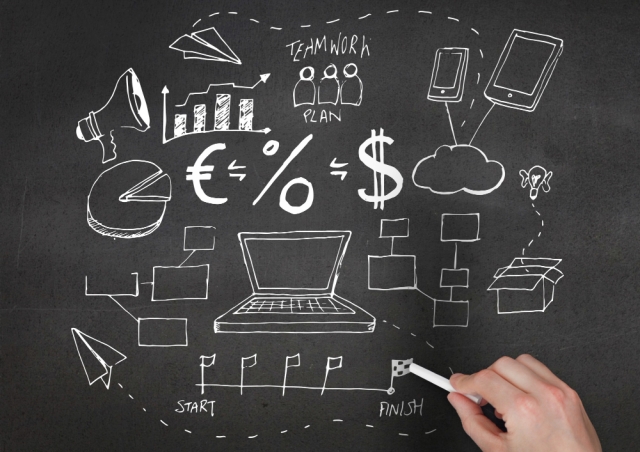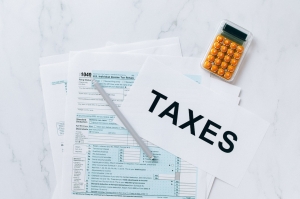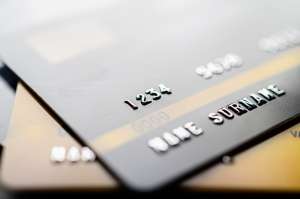Have you ever wondered what it would be like to live without the heavy burden of debt? Many people dream of achieving financial freedom, yet the road to getting there can often seem daunting.
In a world filled with expenses and obligations, understanding how to break free from debt is essential for your financial well-being.
Understanding Debt
Before diving into the steps for financial freedom, it’s important to understand the different types of debt that may be weighing you down. Common types include:
- Credit Card Debt: High-interest debt that can accumulate quickly if not managed properly.
- Personal Loans: Borrowed money that you must repay in regular installments, often with interest.
- Student Loans: Education-related debt that may require years to pay off.
- Mortgages: Loans taken out to purchase property, typically requiring long repayment periods.
Recognising the types of debt you have is the first step in formulating a plan to eliminate them.
Step 1: Assess Your Financial Situation
To break free from debt, start by assessing your current financial situation. Create a detailed list of all your debts, including amounts owed, interest rates, and monthly payments. This will give you a clear picture of where you stand financially and help you prioritise which debts to tackle first.
Creating a Budget
Once you have a clear understanding of your debt, it’s time to create a budget. A budget allows you to track your income and expenses, helping you identify areas where you can cut back. Here are some tips for creating a budget:
- Track Your Income: List all sources of income, including salary, side jobs, and passive income.
- Categorise Your Expenses: Divide your expenses into fixed (rent, bills) and variable (groceries, entertainment) categories.
- Set Spending Limits: Determine how much you can afford to spend in each category without exceeding your income.
A well-crafted budget is crucial for managing your finances and ensuring you can allocate extra funds towards paying off debt.
Step 2: Explore Debt Consolidation Options
Debt consolidation is a strategy that involves combining multiple debts into a single loan, typically with a lower interest rate. This can simplify your payments and potentially reduce the total amount of interest you pay over time. Here’s how debt consolidation works:
- Personal Loans: You can take out a personal loan to pay off existing debts. This leaves you with one monthly payment instead of several, making it easier to manage.
- Balance Transfer Credit Cards: Some credit cards offer 0% interest on balance transfers for a promotional period. You can transfer high-interest debt to a card with a lower rate, allowing you to pay it off faster.
- Home Equity Loans: If you own a home, you may be able to use the equity in your property to consolidate your debts at a lower interest rate.
While debt consolidation can be an effective strategy, it’s essential to evaluate the terms and ensure you’re not incurring additional fees or extending your repayment period unnecessarily.
Step 3: Prioritise Your Debts
Once you have a clear understanding of your debts and have explored consolidation options, it’s time to prioritise your repayment strategy. Two popular methods include:
-
The Avalanche Method: Focus on paying off the debt with the highest interest rate first while making minimum payments on other debts. Once the highest interest debt is paid off, move on to the next highest, and so on.
-
The Snowball Method: Start by paying off the smallest debt first to gain momentum. Once the smallest debt is eliminated, use the funds you were putting towards that payment to tackle the next smallest debt.
Choosing a method that resonates with you can keep you motivated and help you stay on track.
Step 4: Increase Your Income
To expedite your journey to financial freedom, consider finding ways to increase your income. Here are some ideas to explore:
- Part-Time Jobs: Consider taking on a part-time job or freelance work to earn extra cash.
- Sell Unused Items: Declutter your home and sell items you no longer need or use. Platforms like eBay, Gumtree, or Facebook Marketplace can help you reach potential buyers.
- Monetise a Hobby: If you have a skill or hobby, such as crafting or writing, consider turning it into a side business.
Using any additional income to pay off debt can significantly speed up your journey to financial freedom.
Step 5: Build an Emergency Fund
While it may seem counterintuitive to save money while in debt, establishing an emergency fund is essential for financial security. An emergency fund can prevent you from accumulating more debt in case unexpected expenses arise. Start by setting aside a small amount each month until you reach a goal of three to six months' worth of living expenses.
Step 6: Stay Committed and Seek Support
Breaking free from debt requires commitment and perseverance. It’s important to stay focused on your financial goals and remind yourself why you started this journey. Consider joining a support group or seeking the guidance of a financial advisor for additional encouragement and accountability.
Achieving financial freedom is a journey that requires planning, commitment, and a clear understanding of your financial situation. By assessing your debt, exploring debt consolidation options, prioritising repayments, increasing your income, building an emergency fund, and staying committed, you can break free from debt and create a more secure financial future.
Remember, every step you take brings you closer to the freedom you desire. So take that first step today, and embark on your journey towards financial independence.






